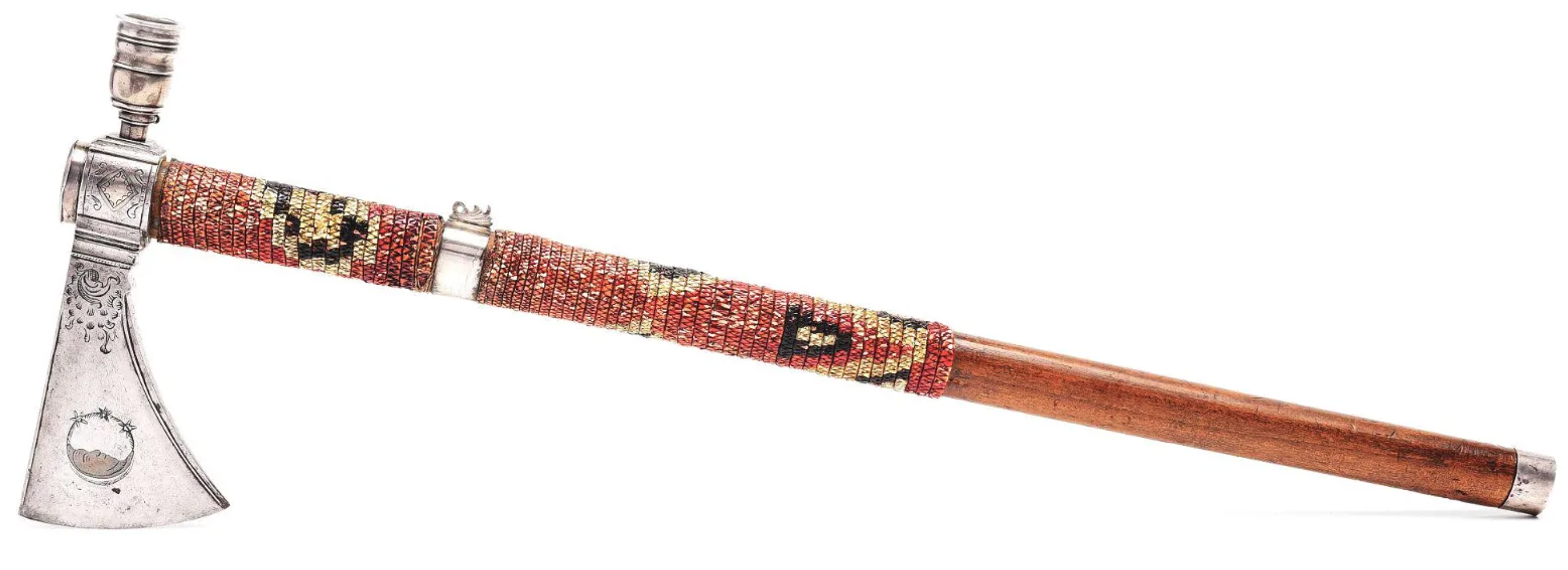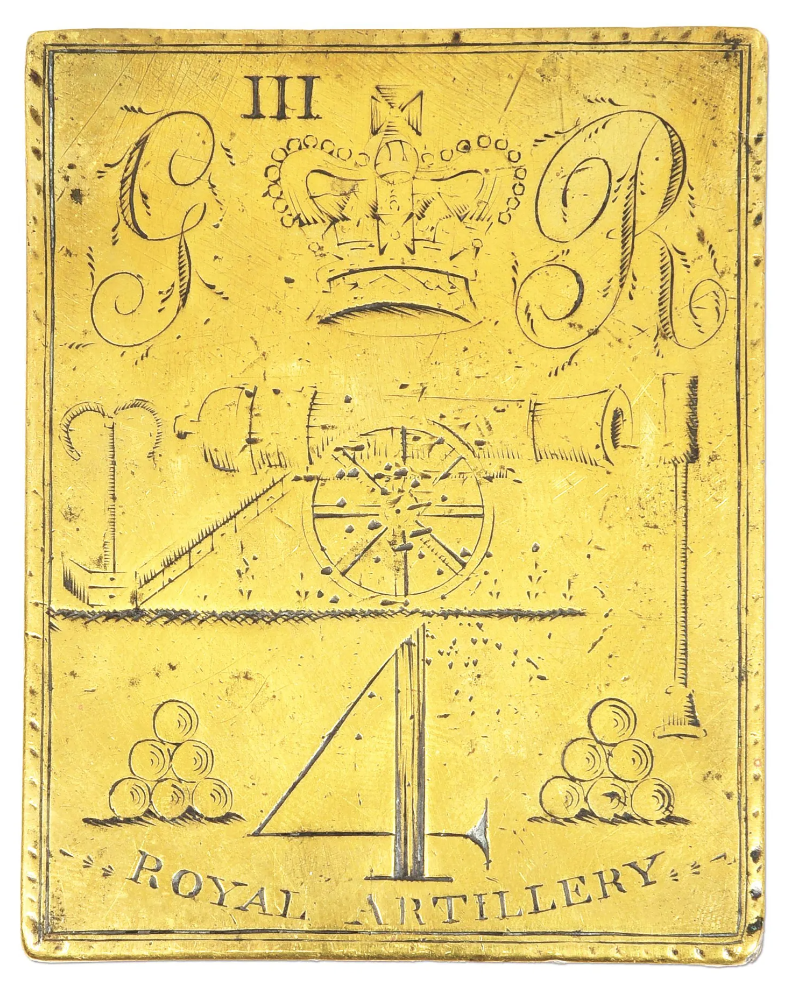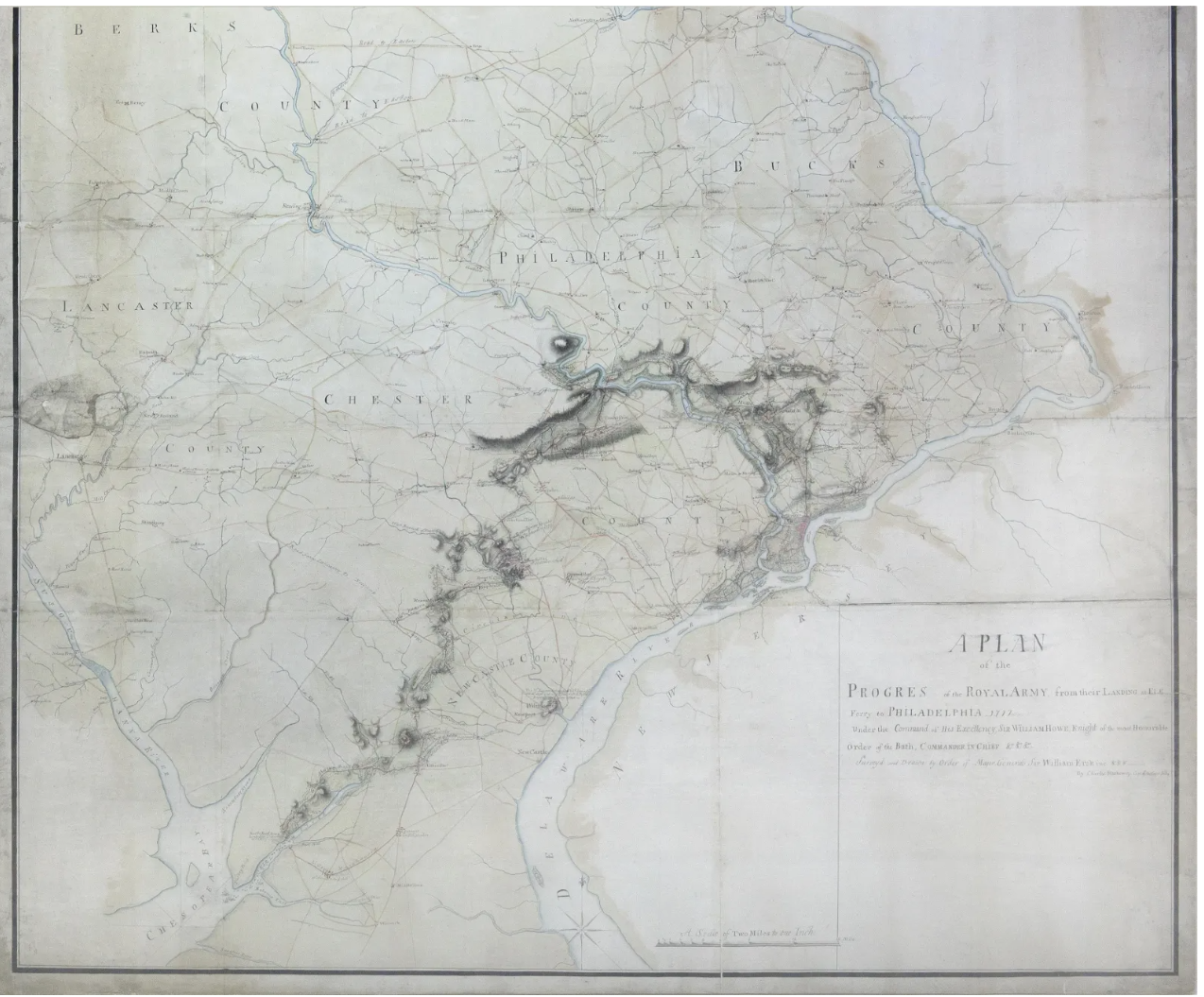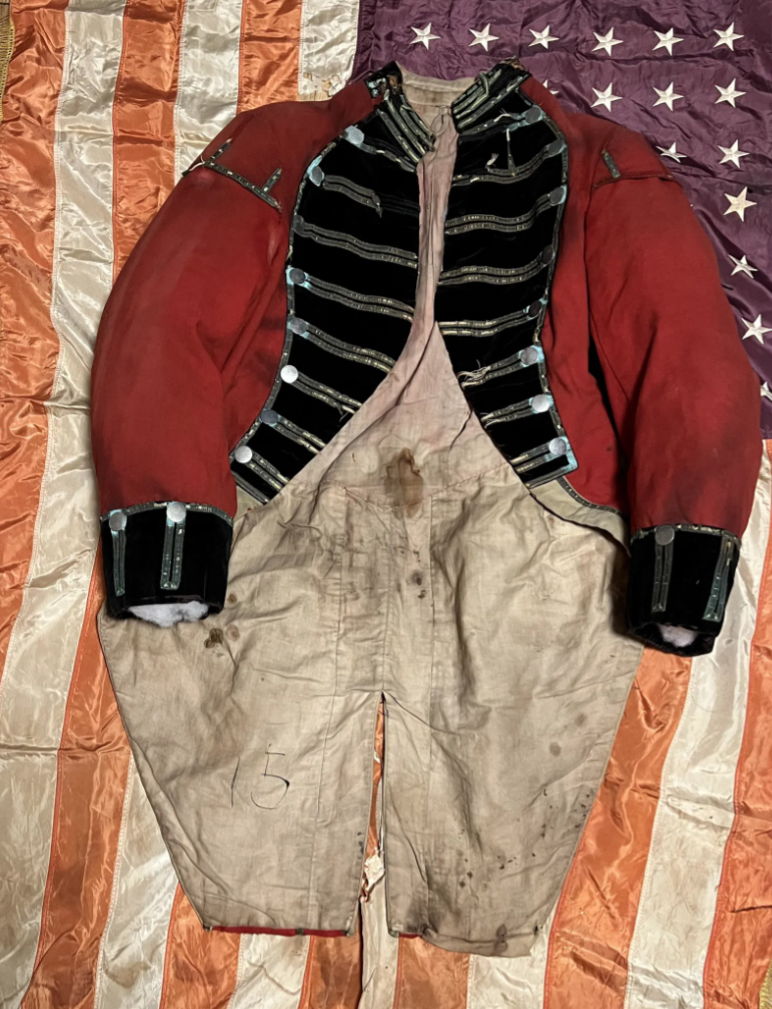
NEW YORK — The nearly 60 men who made up the Continental Congress gathered in the Pennsylvania State House (now called Independence Hall) in Philadelphia on July 4, 1776 to formally adopt the Declaration of Independence. This was no simple vote. Of this group, about a third had served in the Revolutionary War as militia officers and had seen firsthand the horrors of the war that began in April 1775. In this momentous act, which was considered treason against Britain, Colonial America renounced England and declared it was its own country: The United States of America.
The Fourth of July holiday presents the perfect opportunity to consider collecting artifacts from the Revolutionary War and explore why interest in this material only continues to grow.
David Geiger, an early arms and armor specialist at Dan Morphy Auctions in Denver, Pennsylvania, has been working in this field for about 30 years, and stated he has only seen the market for Revolutionary War items go up. “That’s something you don’t see in any other genre. There are so many ups and downs in Civil War, World War I and World War II … and I have not seen that myself in Revolutionary War things,” he said.
Scarcity certainly plays a part in the resolute rise in value of Revolutionary War material, but the objects’ importance is the factor that makes them immune to typical market fluctuations. “In a lot of other fields, things tend to go up and down, and one of the reasons is because there are so many of them. There are millions of Civil War guns, millions of Colts, Winchesters, and World War II guns and they are all the same other than their serial numbers and a few small changes and features,” he said. “Revolutionary War things are unique. They are much more scarce than any other time period, and they are very historic because they helped to found this country and fought for the independence that we celebrate now. That’s always going to be interesting to people.”

Revolutionary War artifacts also hold crossover appeal. They are of interest to early arms collectors as well as history collectors and even folk art collectors. One such piece is a silver-mounted and inlaid Revolutionary War tomahawk that attained $540,000 plus the buyer’s premium in May 2020 at Dan Morphy Auctions.
The elegant and historic tomahawk was made by Richard Butler, an armorer at Fort Pitt during the French and Indian War. Lieutenant John McClellan, a rifleman from Pennsylvania, carried the tomahawk during the Revolutionary War. Riflemen were required to carry tomahawks as backup weapons if their rifle was not equipped with a bayonet. After McLellan’s death, the weapon went to his brother, Daniel, who was also fighting in the war. When he was captured by the British, the tomahawk was sent back to England as a war trophy.
Provenance will, of course, add to an artifact’s value. “If it’s a good item and the item is identified to a person or to a rare maker, those items are going to bring a premium across the board whether they are accouterments, powder horns, tomahawks or swords,” Geiger said. “Anything that is identified is bringing very good money.”

Another significant object from the Revolutionary War is a well-documented Dutch flintlock musket that achieved $400,000 plus the buyer’s premium in October 2019 at Dan Morphy Auctions. The musket, bayonet and commission passed down in the family of John Simpson, who gained fame for firing the first shot at the Battle of Bunker Hill on June 17, 1775, against the famous order of Colonel William Prescott: “Don’t shoot until you see the whites of their eyes!”

Firearms and weapons aren’t the only sought-after Revolutionary War artifacts — paper is just as desirable, and sometimes more so. Maps detailing battle routes are prized, and one of the most important was Charles Blaskowitz’s manuscript map, one of only three known monumental campaign headquarters maps of the Philadelphia Campaign of 1777-1778. It attained $625,000 plus the buyer’s premium in January 2022 at Arader Galleries. Made for General Sir William Erskine (1728-1795), Blaskowitz mapped out with stunning detail and accuracy the greater southeastern Pennsylvania area. It went so far as to show the path of the British Army as it moved north from Chesapeake Bay to Philadelphia.
Items taken from captured Redcoats, aka British soldiers, are also highly sought after. A British belt plate identified to the 4th Battalion, Royal Artillery, decorated with images of the Royal Crown of King George III, a cannon and a stacked cannonball earned $23,370 plus the buyer’s premium at Dan Morphy Auctions in May 2022.

Soldier uniforms also perform well in the marketplace. A British Redcoat officer’s uniform clearly in used condition brought $13,750 plus the buyer’s premium in February 2022 at Rare Treasures. The uniform had a good overall patina that included bloodstains and battle marks.
Revolutionary War relics can be described as the triple threat of antiques: they are rare, they are historic and they tell a story. They hold the interest of both the casual history buff and the hard-core enthusiast, and they will never lack for a new generation of collectors.



